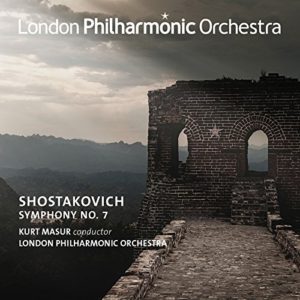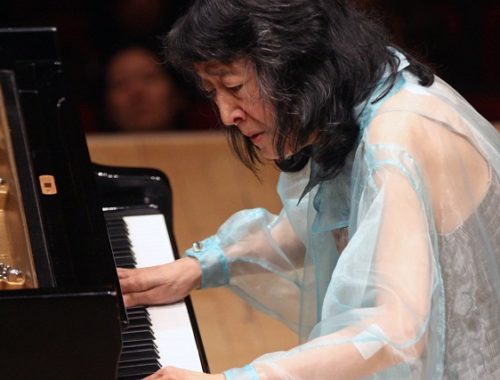Australian Chamber Orchestra, Tognetti, Queen Elizabeth Hall
At the core of the Australian Chamber Orchestra is a string ensemble, soloistic in nature, enquiring in spirit, whose connections one to the other make for a palpable kind of musical telepathy. Energy and vitality are key to their communication skills and the twinkle in the eye contact and bravado in the body language (in a nod to past tradition, only the cellists sit) means that you hear what you see.
To say that Richard Tognetti leads from the front is an understatement and then some. He could hardly be more of a driving force if you took away his violin and put a baton rather than a bow in his right hand. His personality, as player, as motivator, shines through this group and it seemed only fitting that one of his arrangements – a transcription for string orchestra of Grieg’s String Quartet in G minor – should kick-start the evening. Like all really skilful transcriptions it behaved and sounded like it had originated this way. Tognetti’s choices regarding solo and concerted voices worked wonders on the shifting texture with one or two of the orchestra’s big personalities – the first cello and viola, Timo-Veikko Valve and Christopher Moore respectively – finding and filling their space. Rarely can Grieg have sounded less benign, bold contrasts achieved between the intensely elegiac and the foot-stompingly folksy.
Guest soloists then joined the group for an absolutely cracking performance of Shostakovich’s Concerto No.1 for piano, trumpet and strings sounding more than ever like a dysfunctional family affair. Simon Trpceski approached the dashingly parodistic piano part as if it were a series of flashbacks to the teenage composer’s audacious improvisations for silent movies. The young, memorably named, Norwegian trumpeter Tine Thing Helseth in turn lent her gorgeous bugle-like tone to evoke, in the slow movement, a bleak, muted, bluesy, pathos while both hurled themselves poker-faced into the Keystone Cops finale with Trpceski landing the pratfalls and false ending like he were Mack Sennett himself.
We ended where we began in furtive G minor with a proficient, well-groomed, account of Mozart’s Symphony No.40 but one which never wholly achieved lift-off for the edgy propulsive drama. Maybe this was one of those occasions when Tognetti needed to down his violin and take hold of the piece with both hands. The first encore was the fizzing high-horn-popping finale of Mozart’s Symphony No.29. I’d like to have heard the rest of that.
You May Also Like

GRAMOPHONE Review: Shostakovich Symphony No. 7 – London Philharmonic Orchestra/Masur
23/05/2018
COMPARING NOTES: Musical Theatre Stars @ Pizza Express Live Holborn
28/01/2020